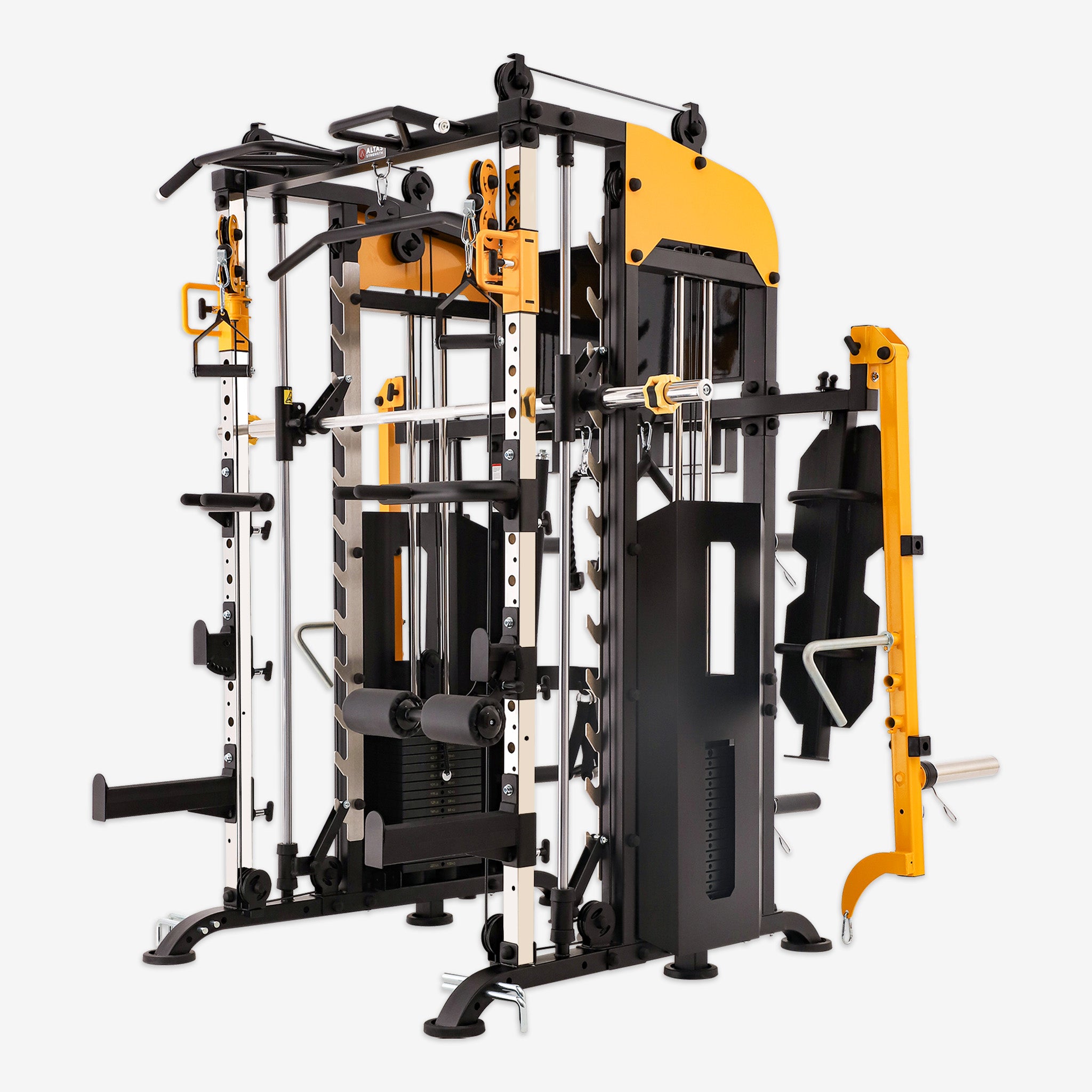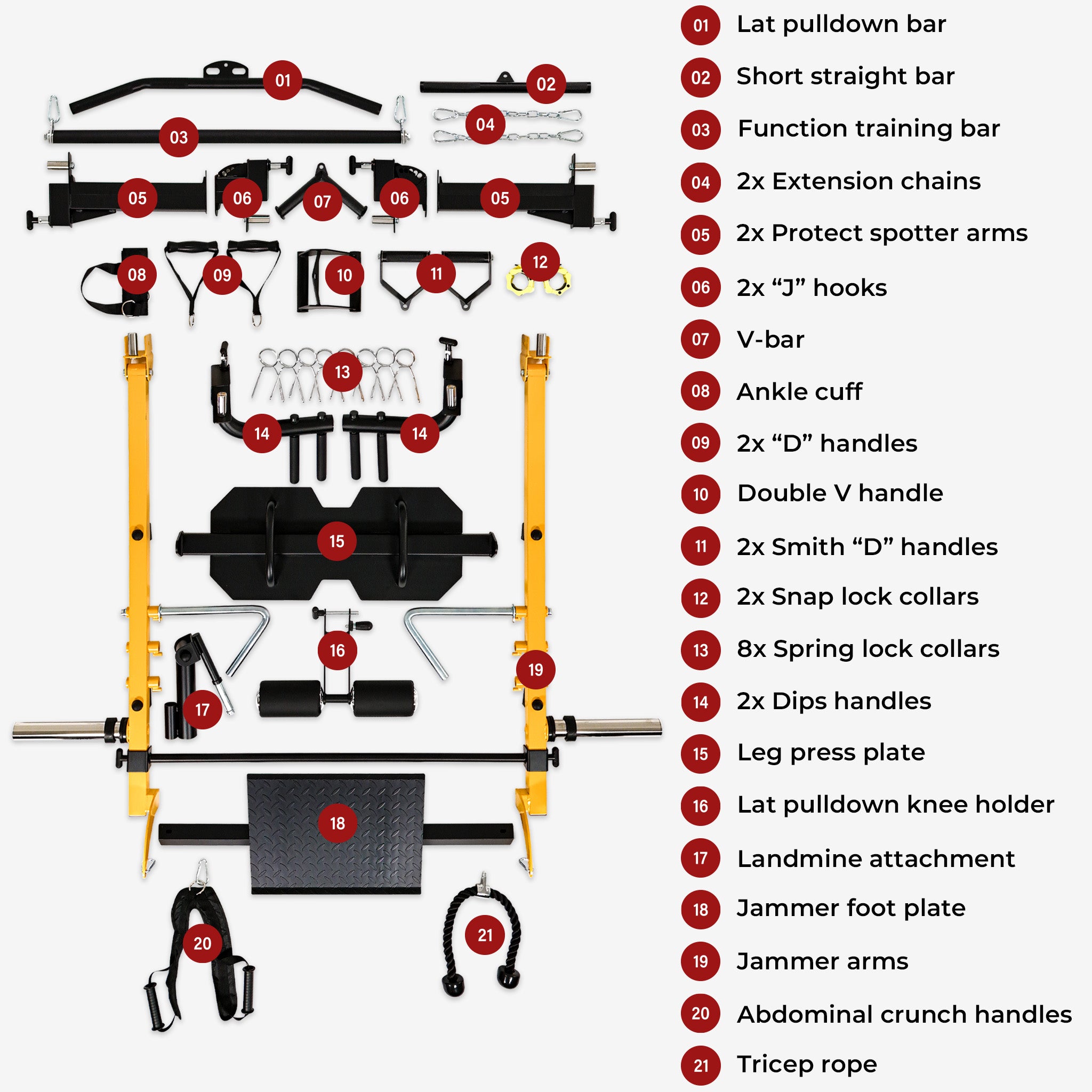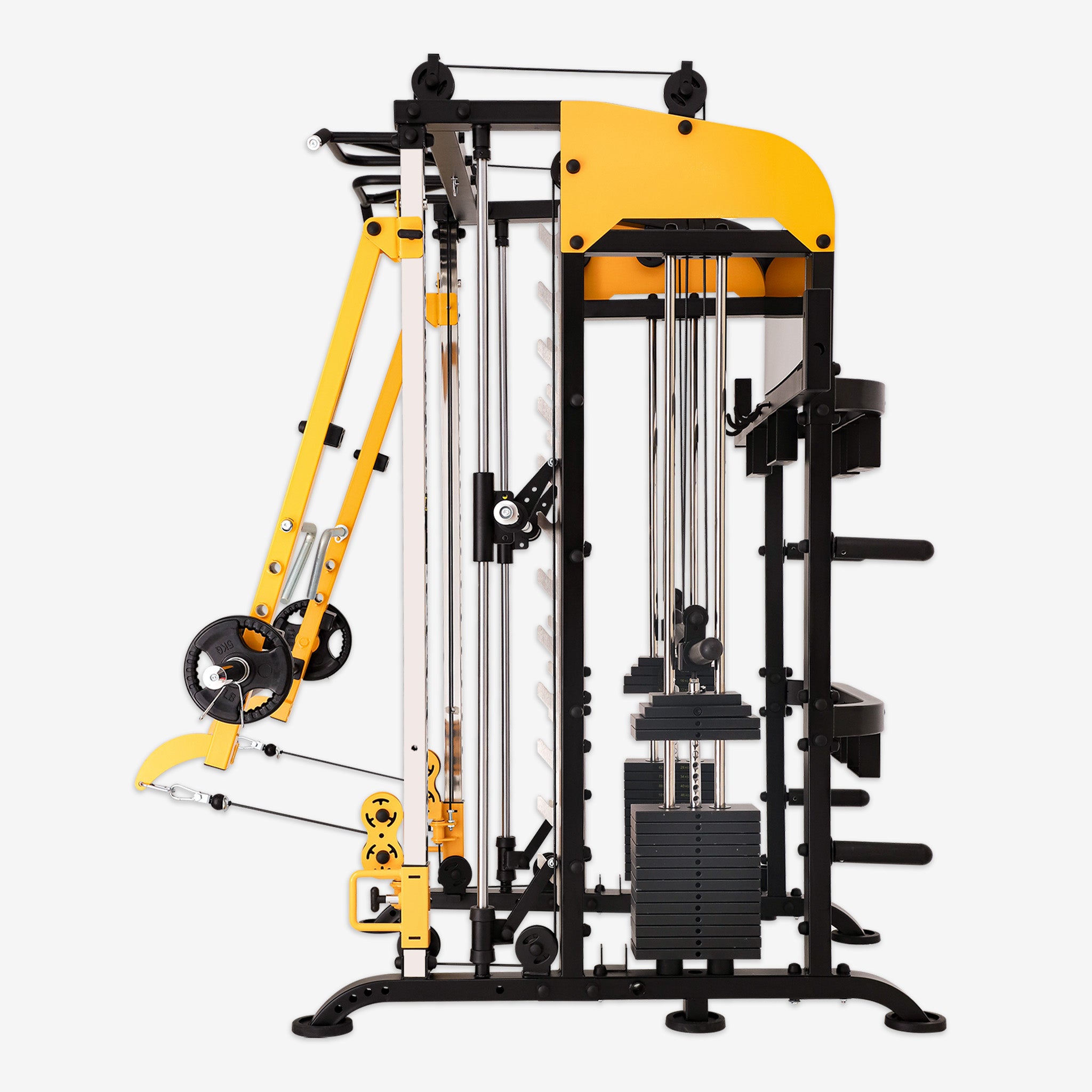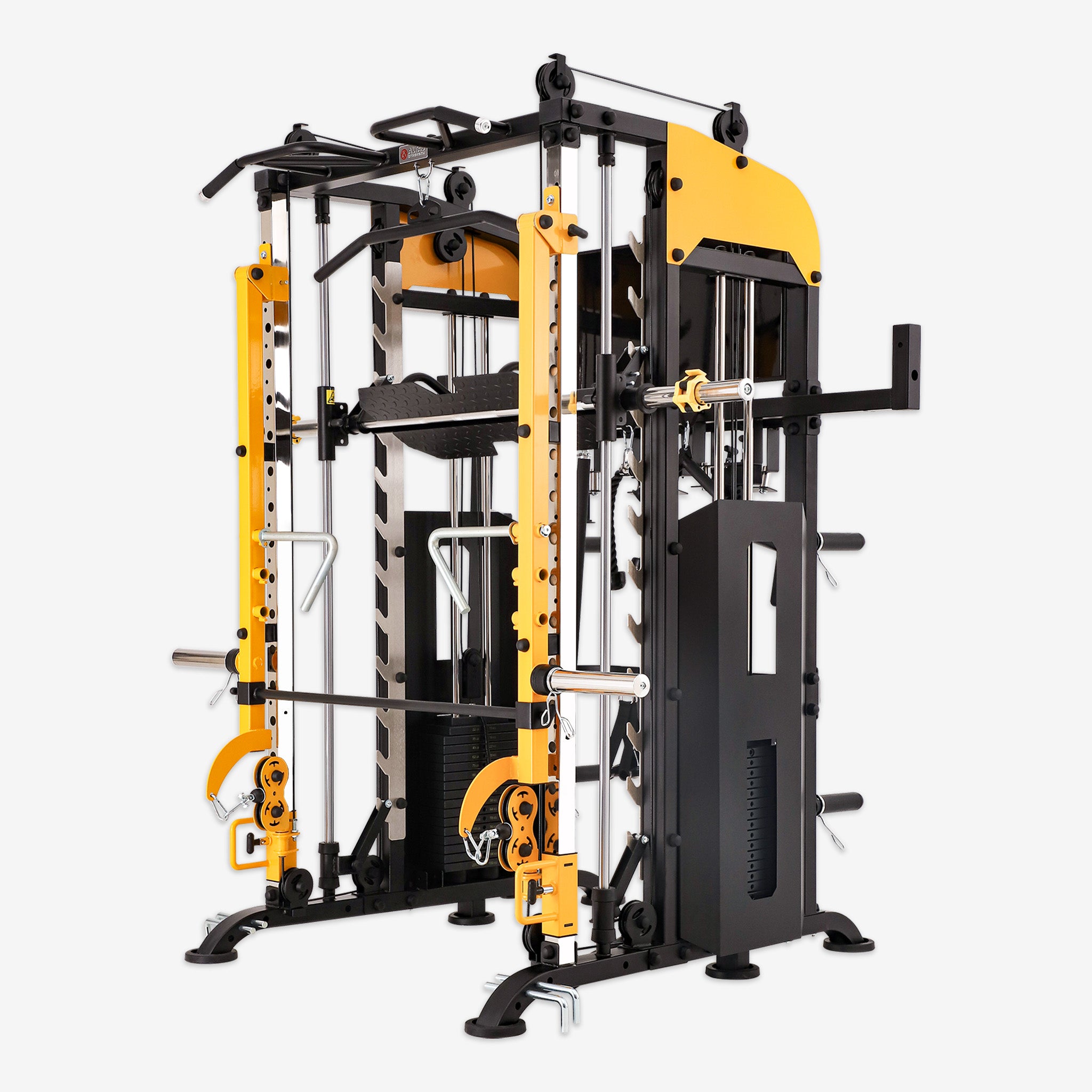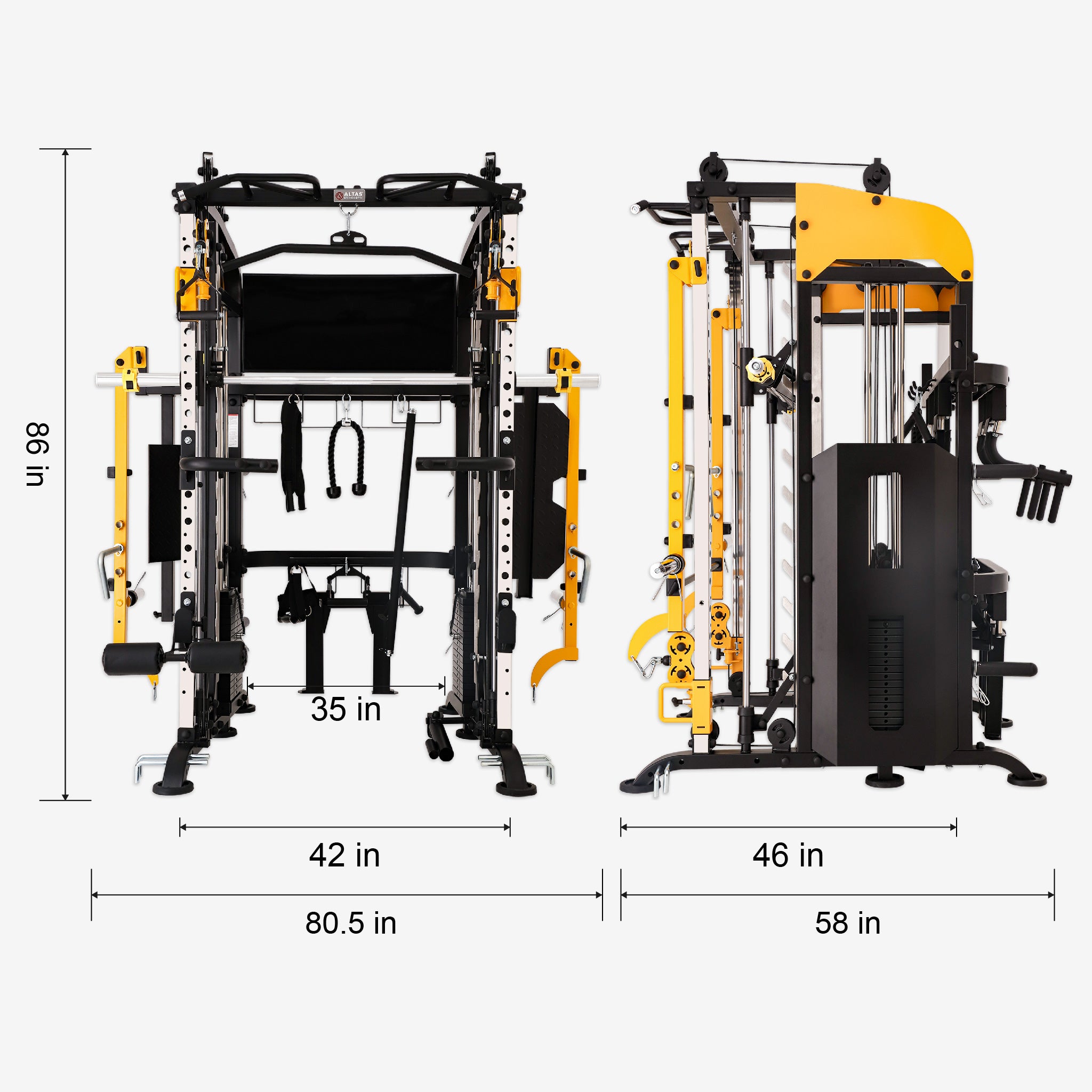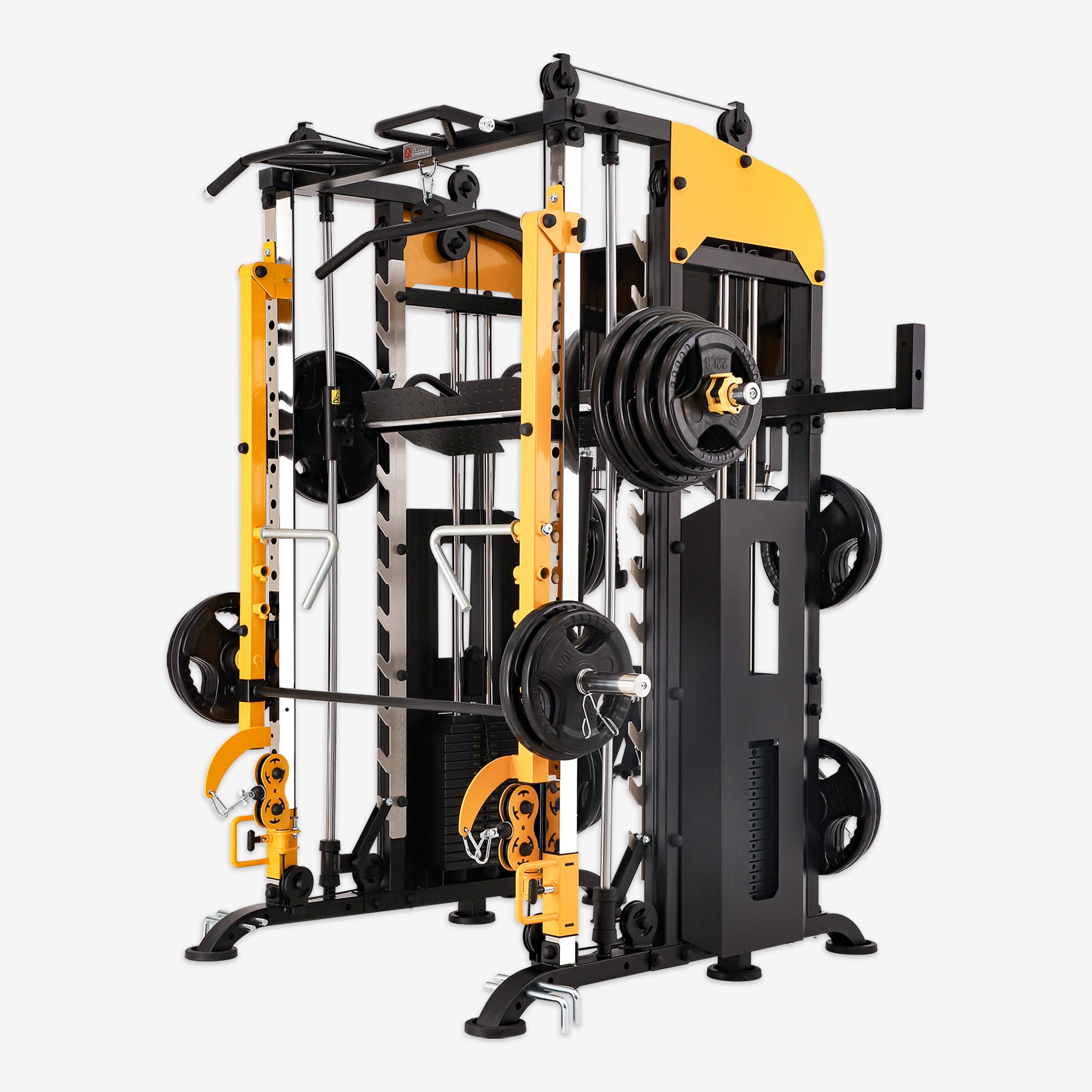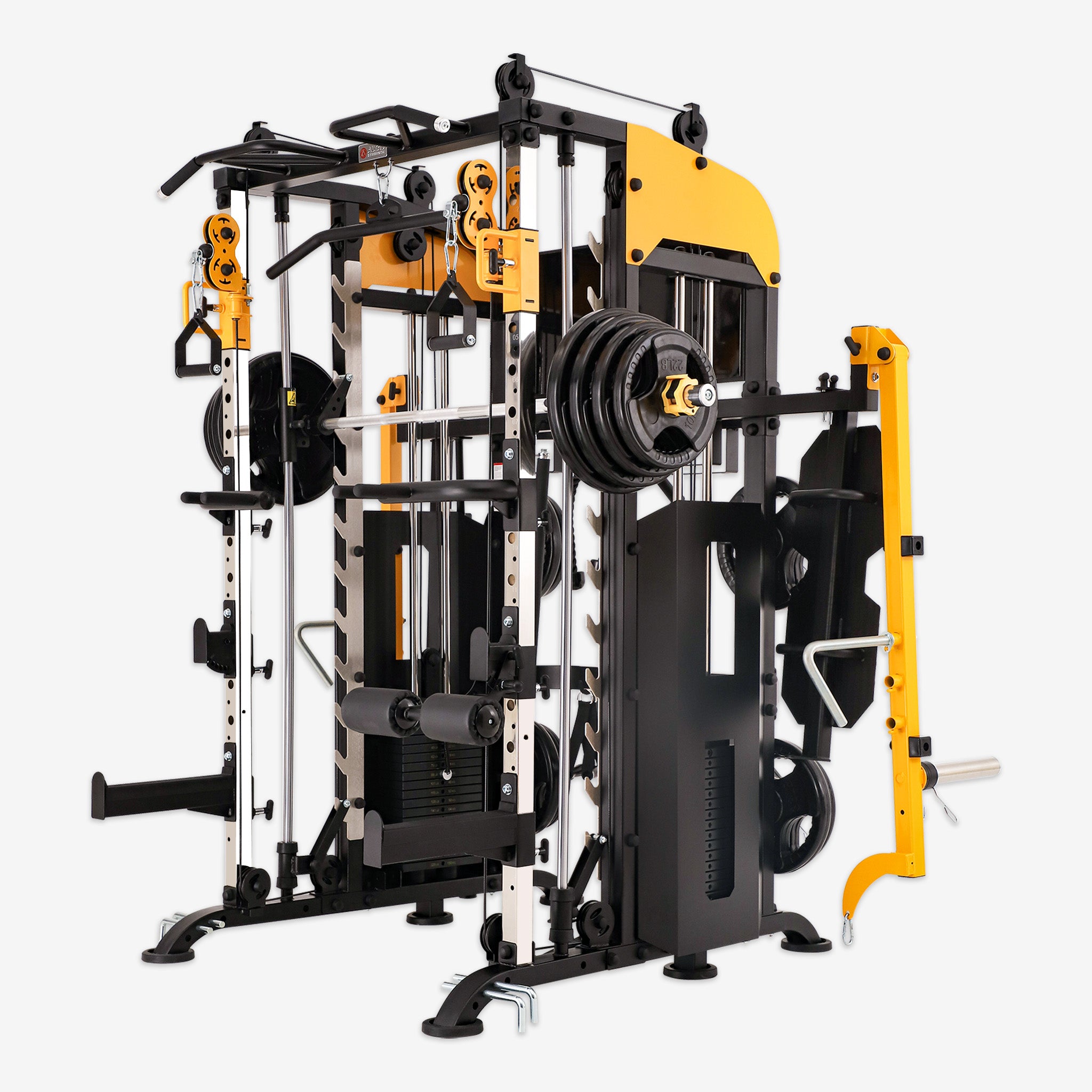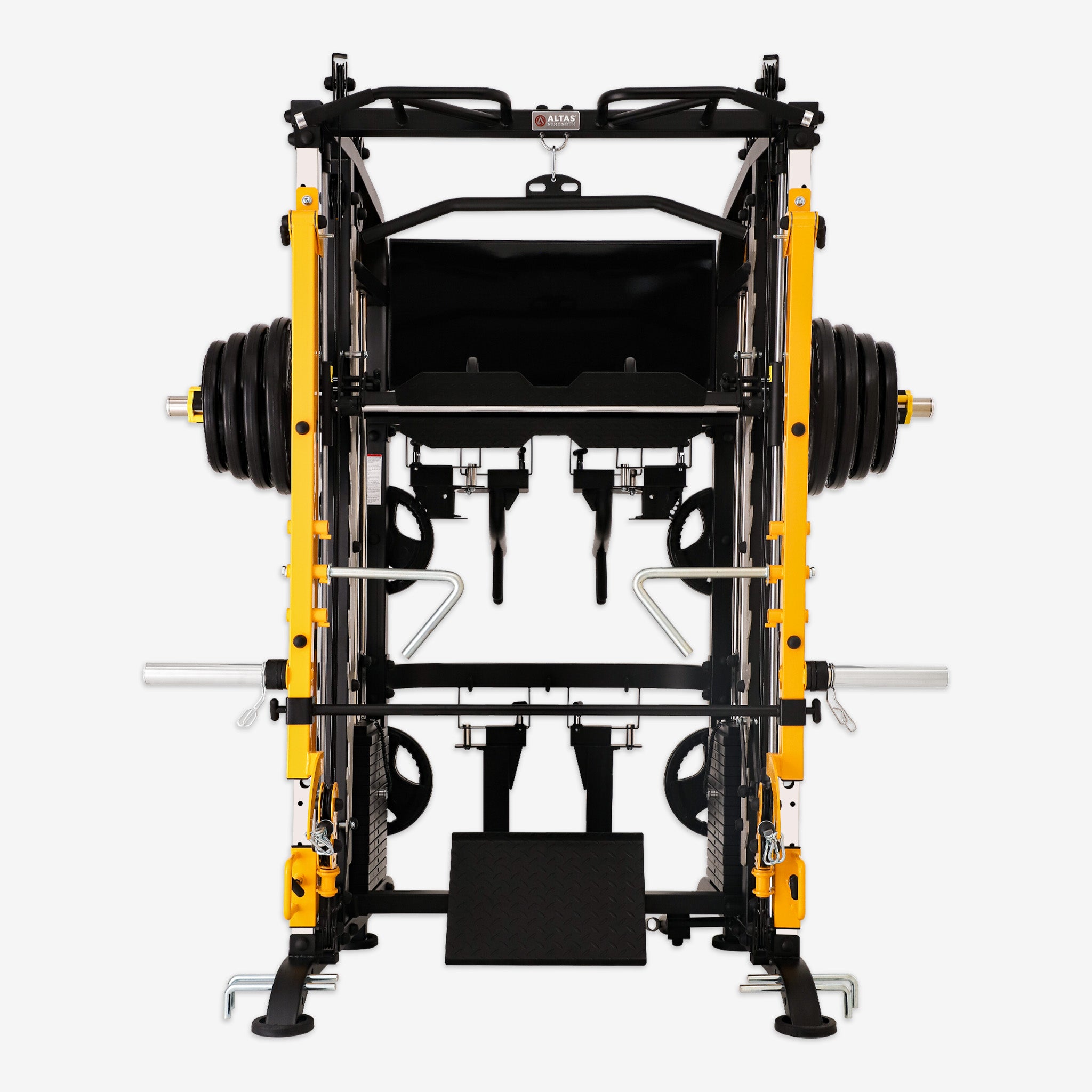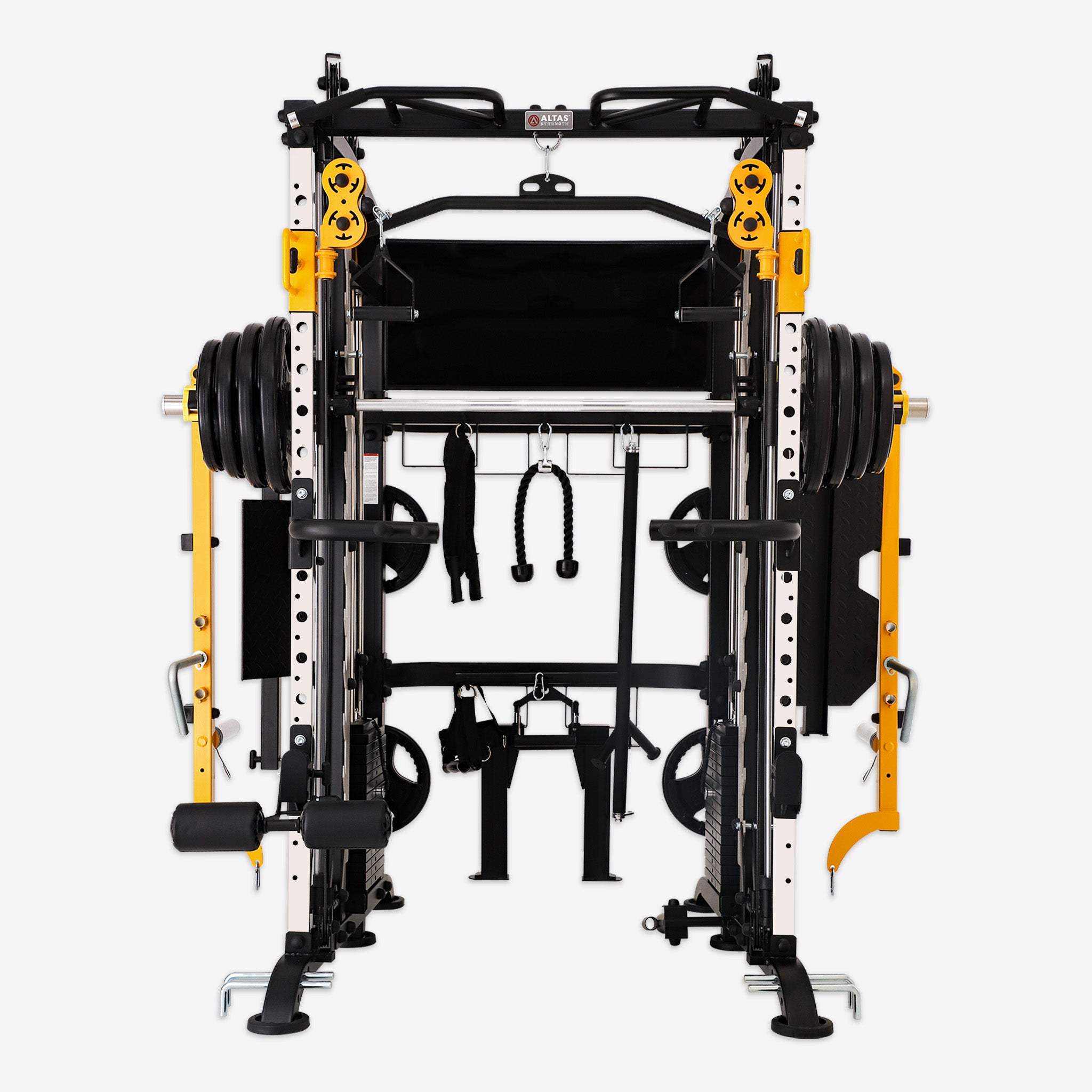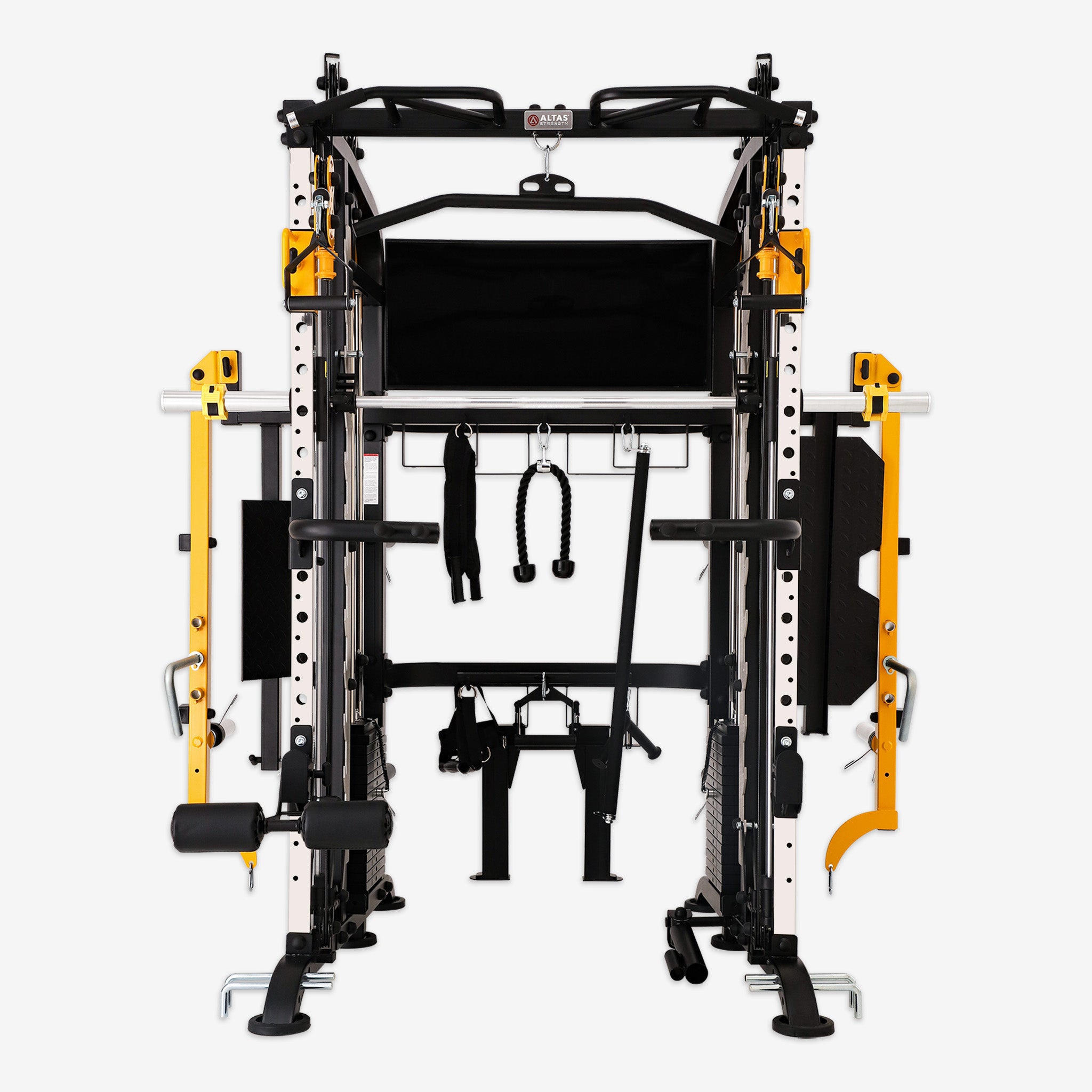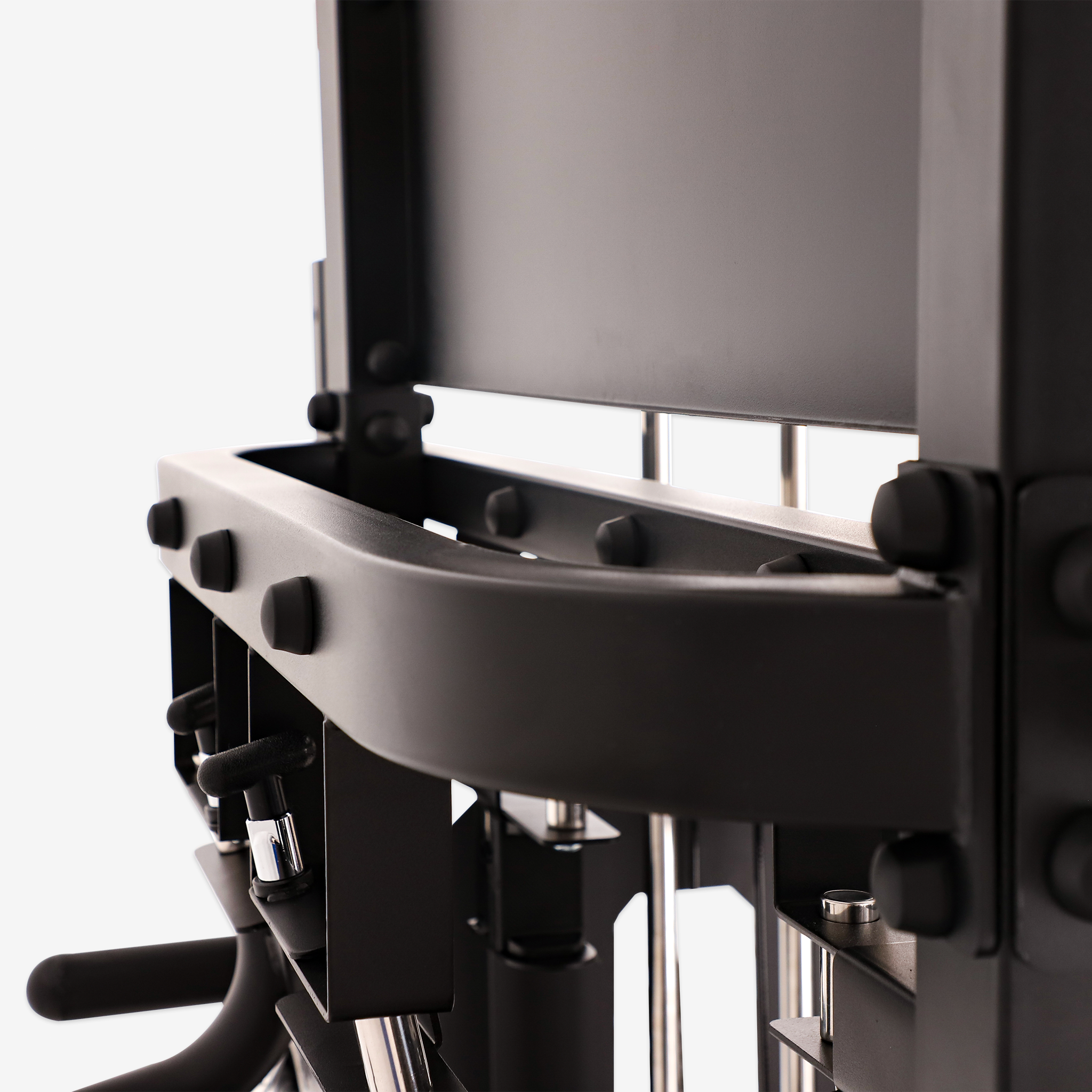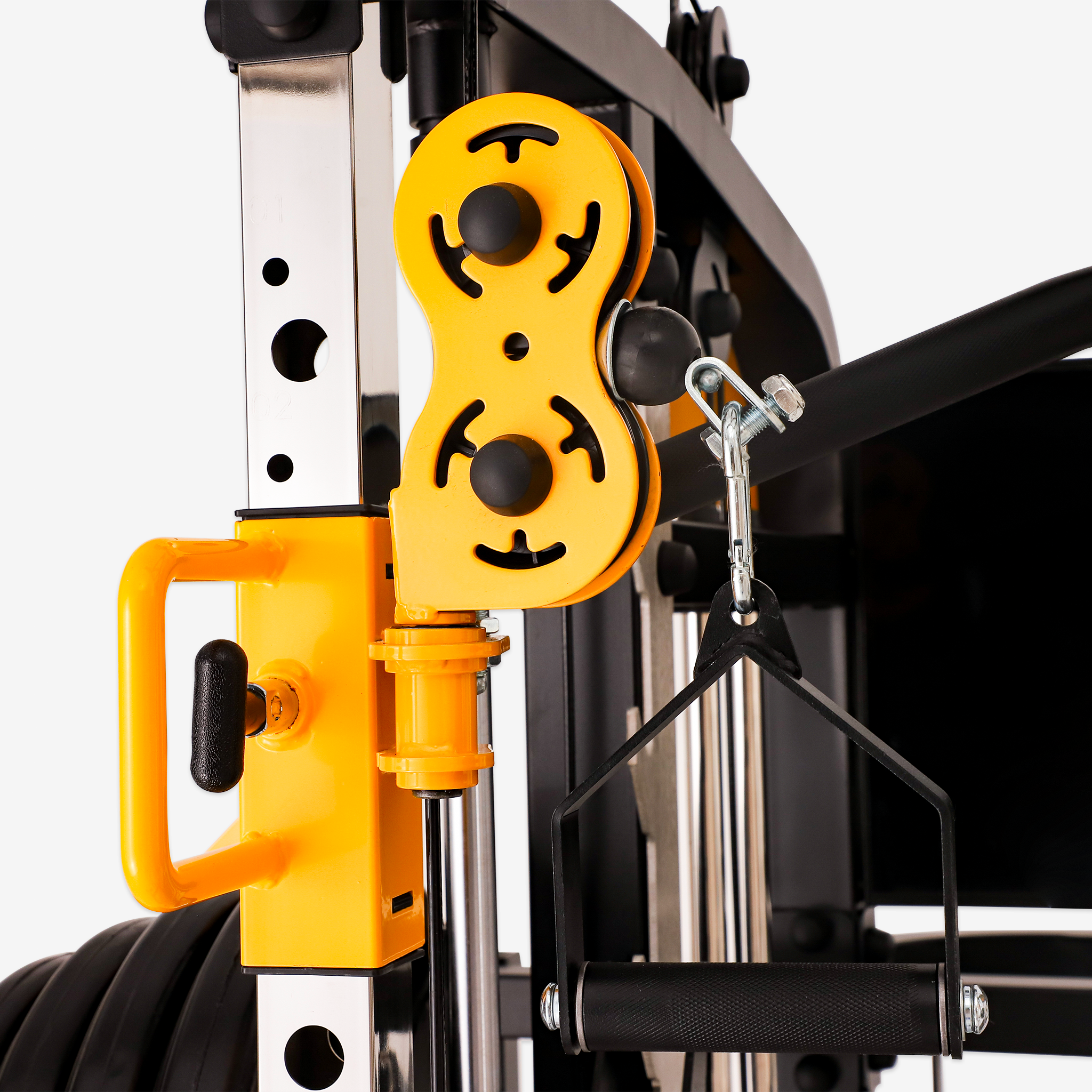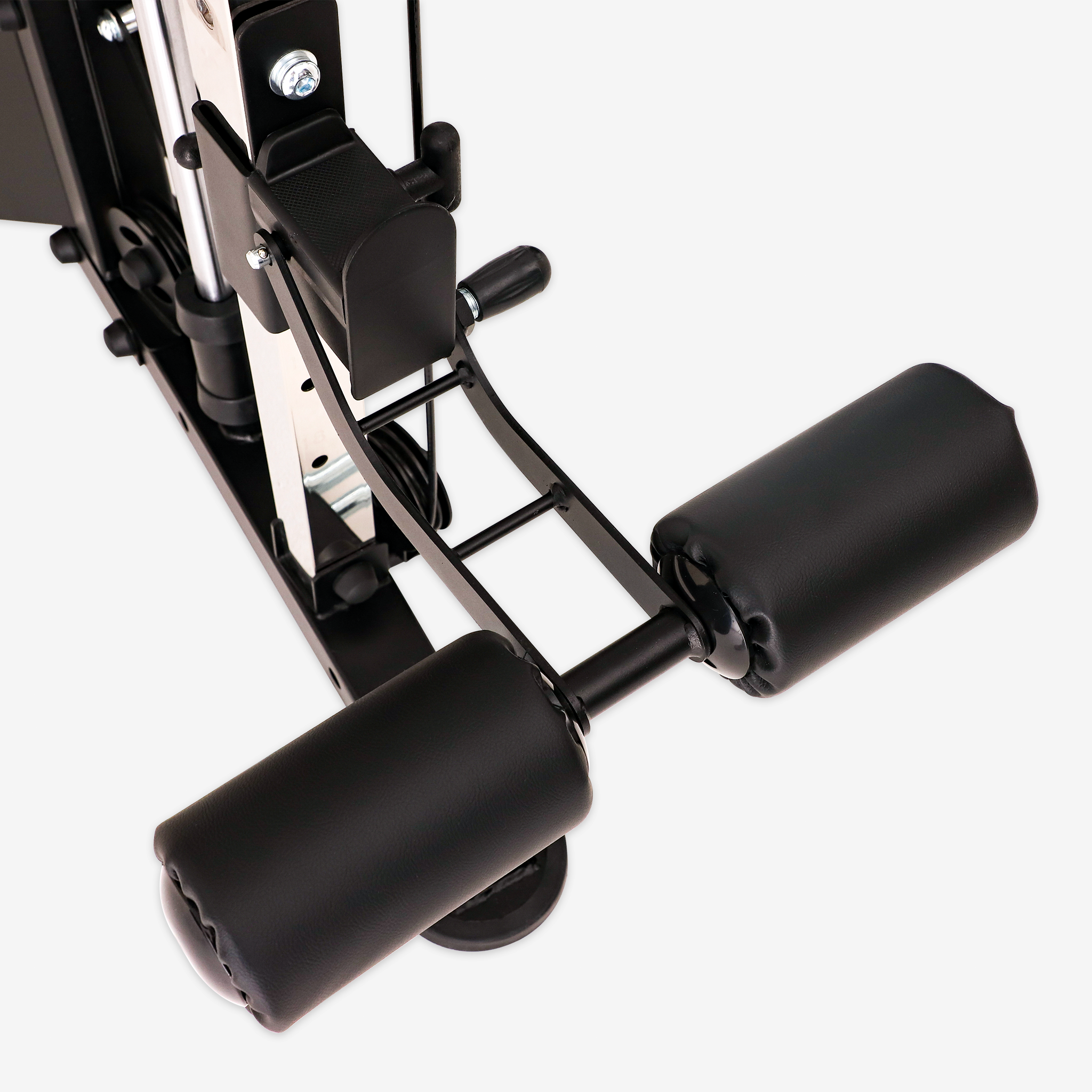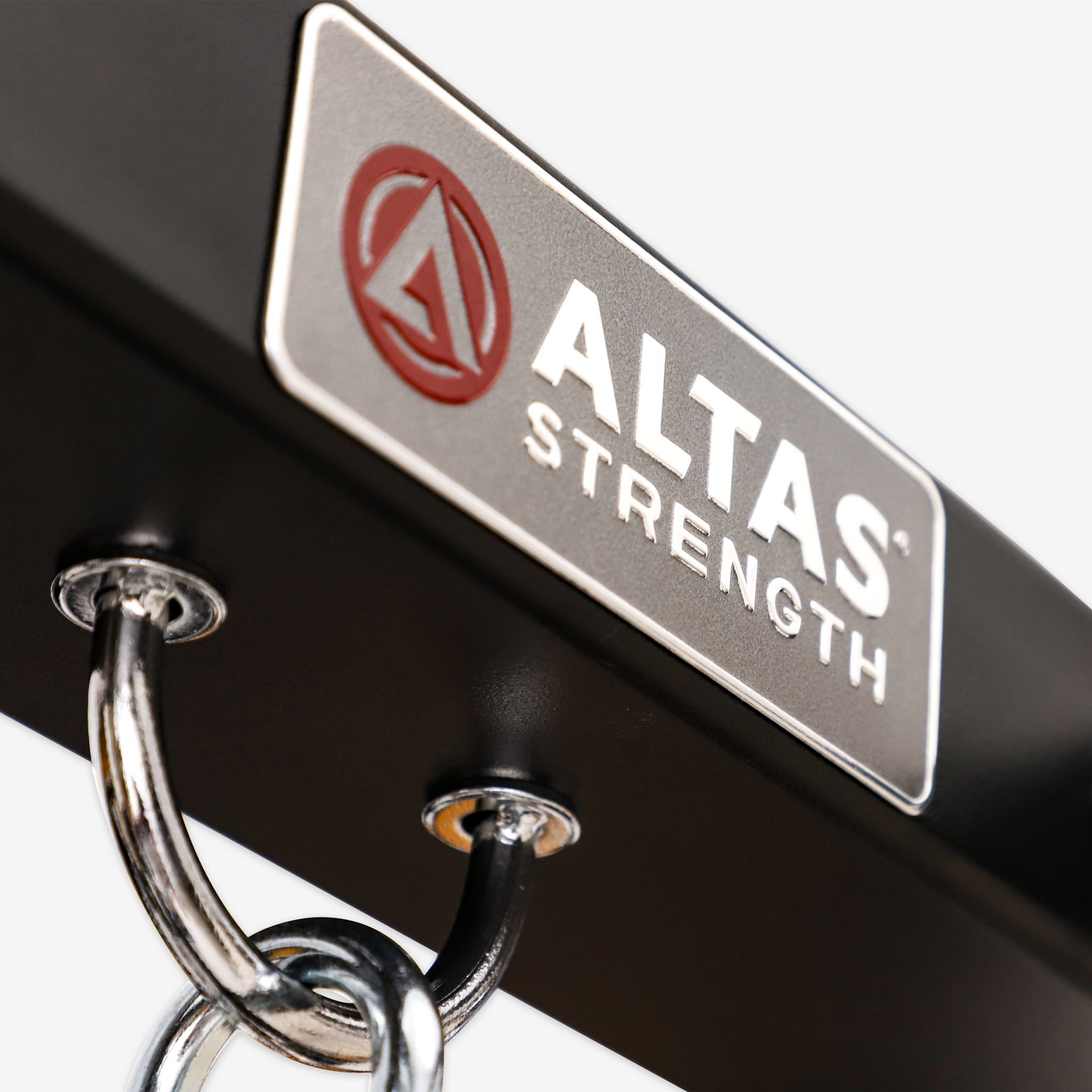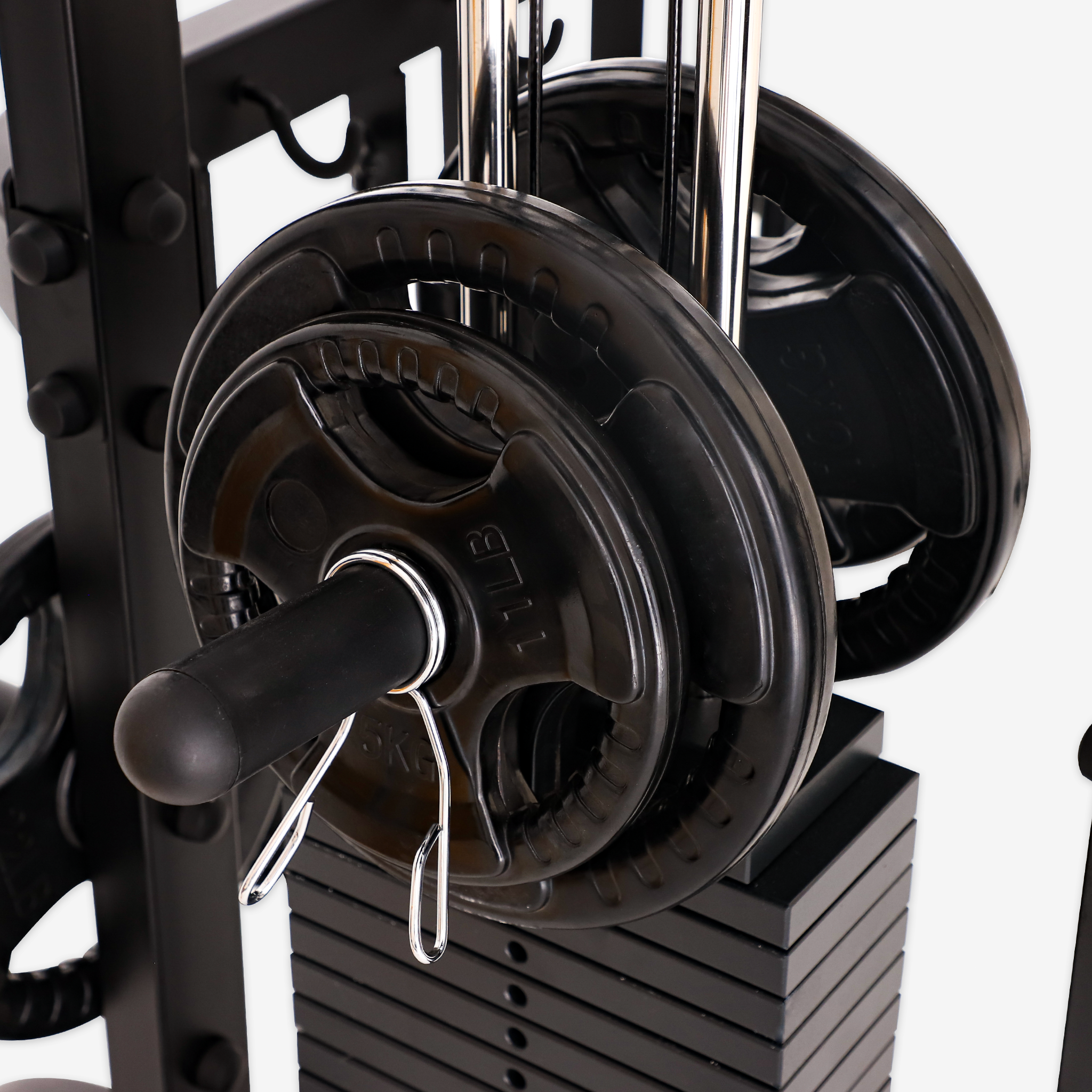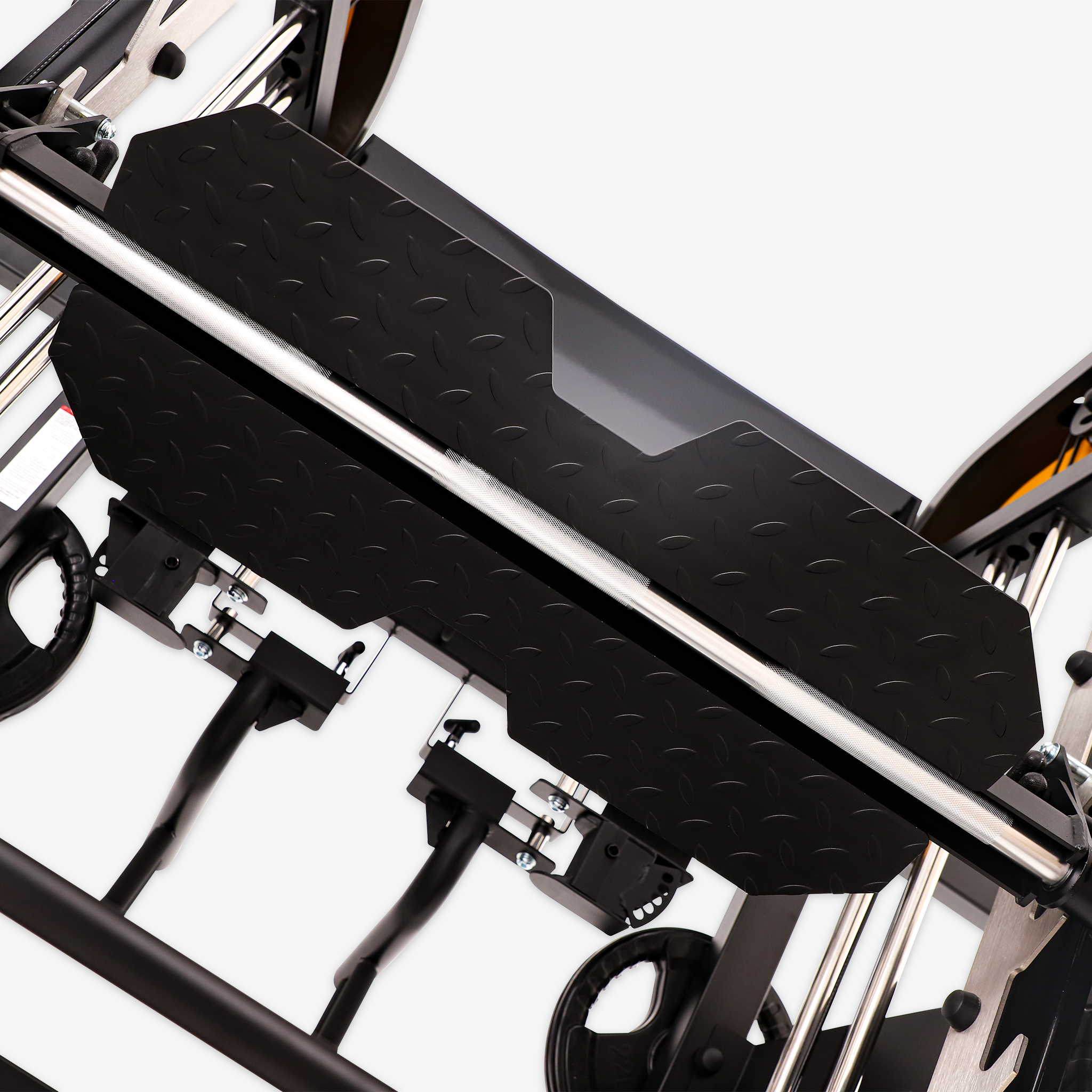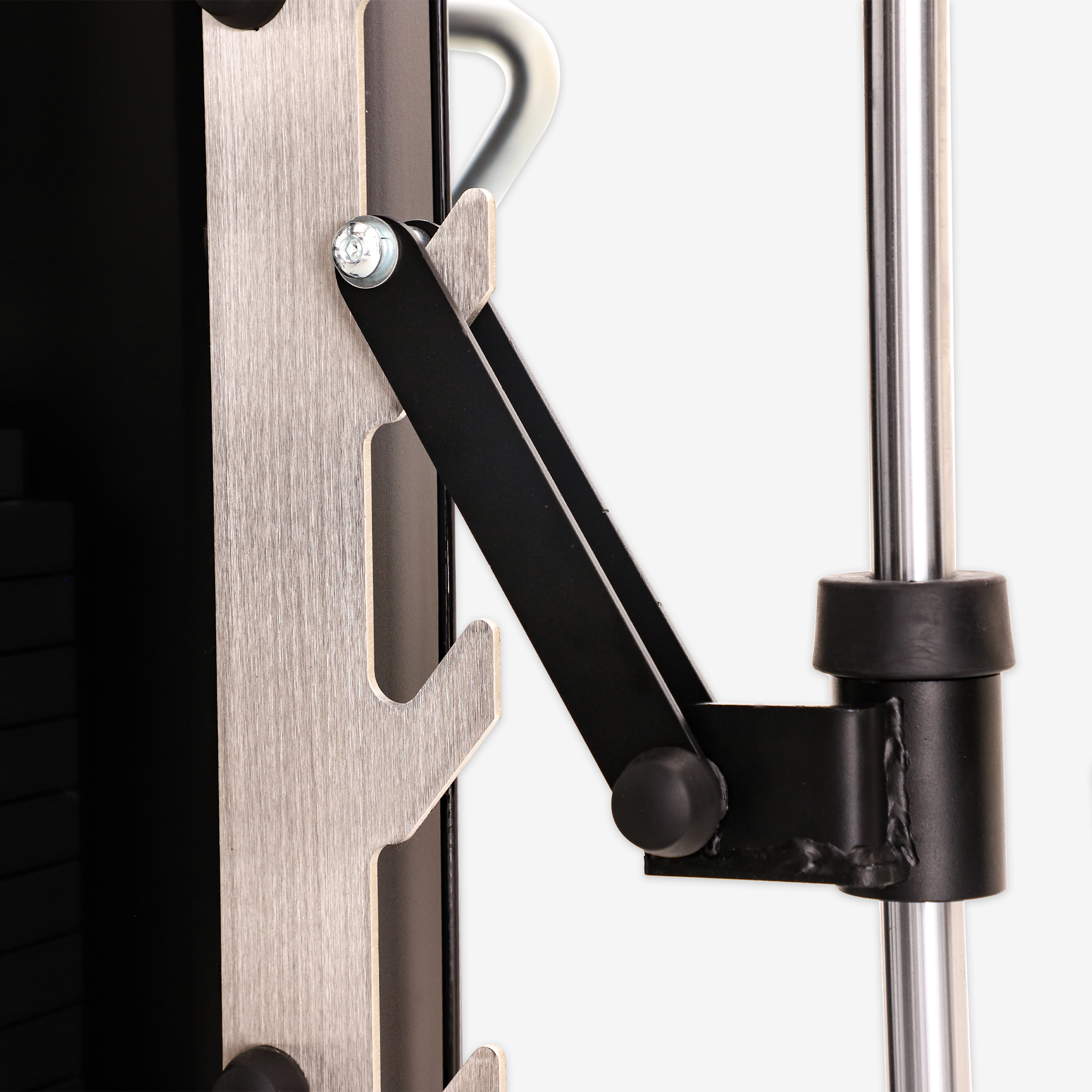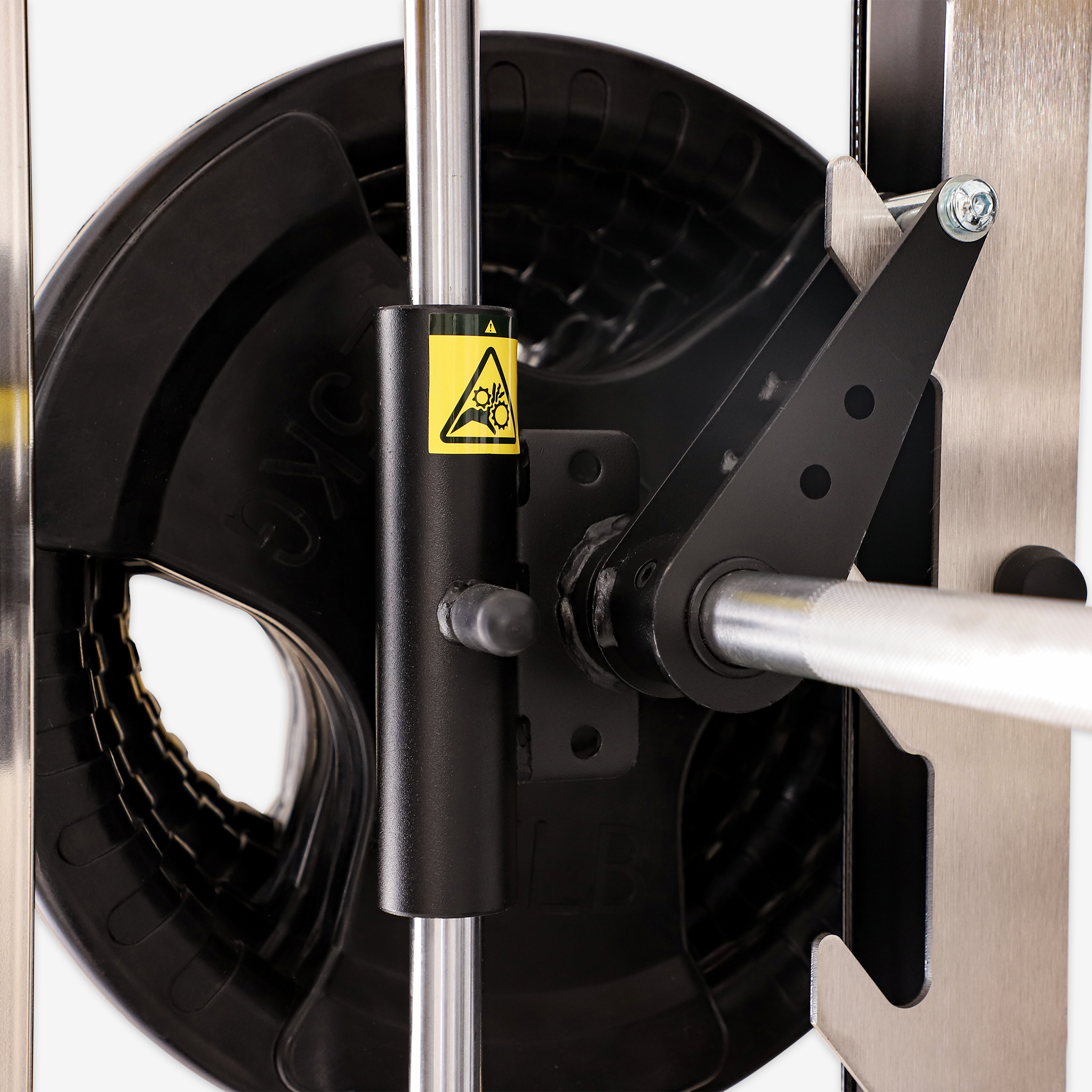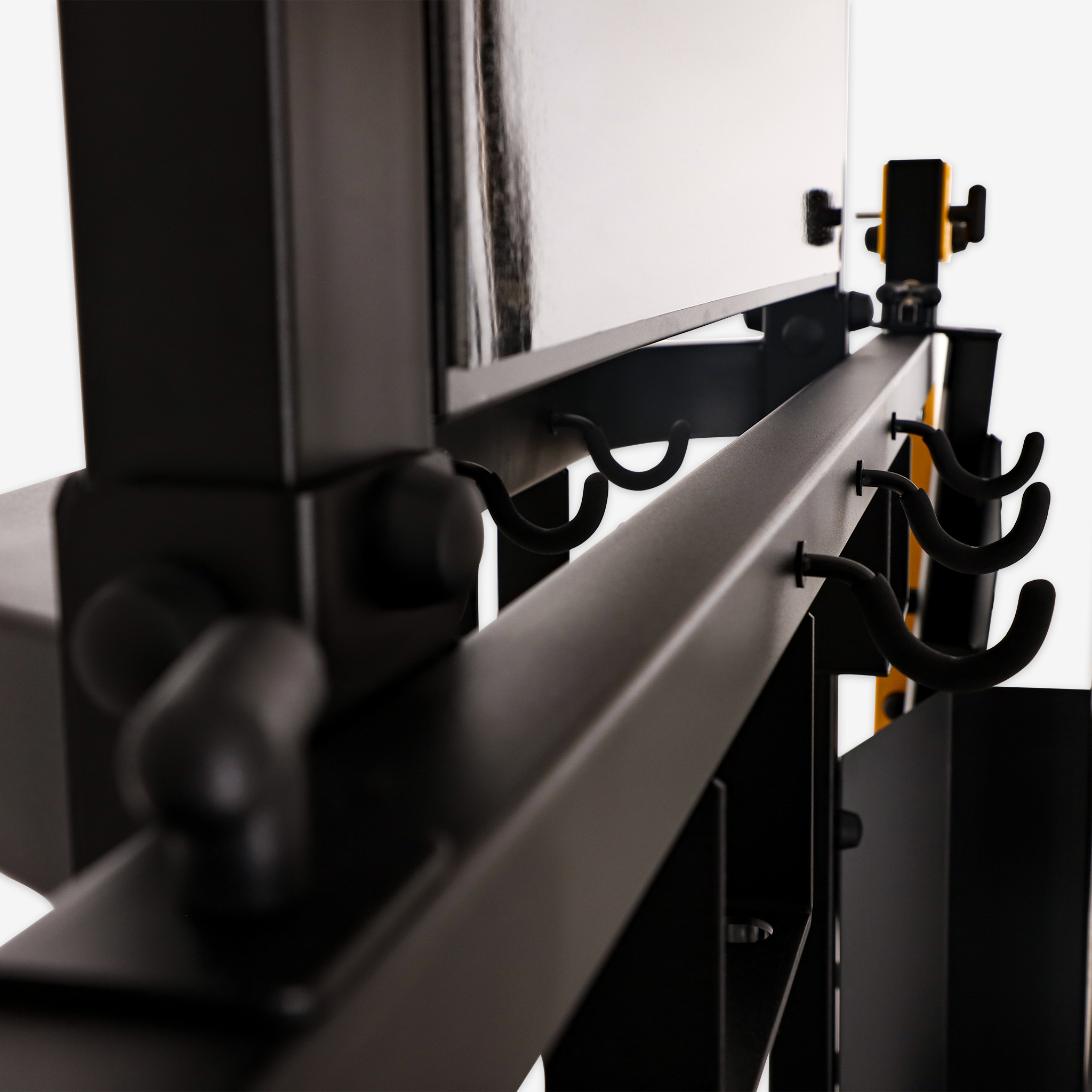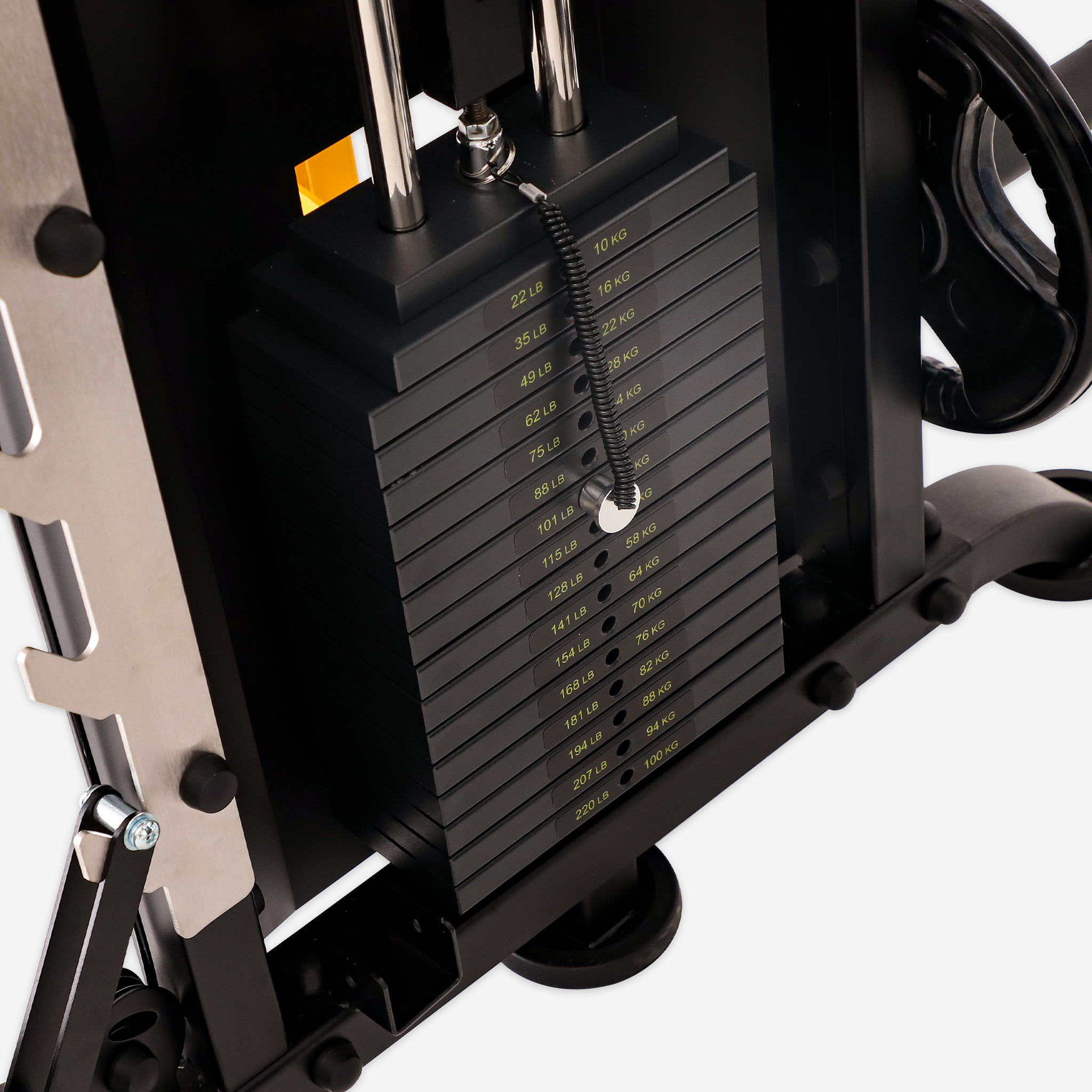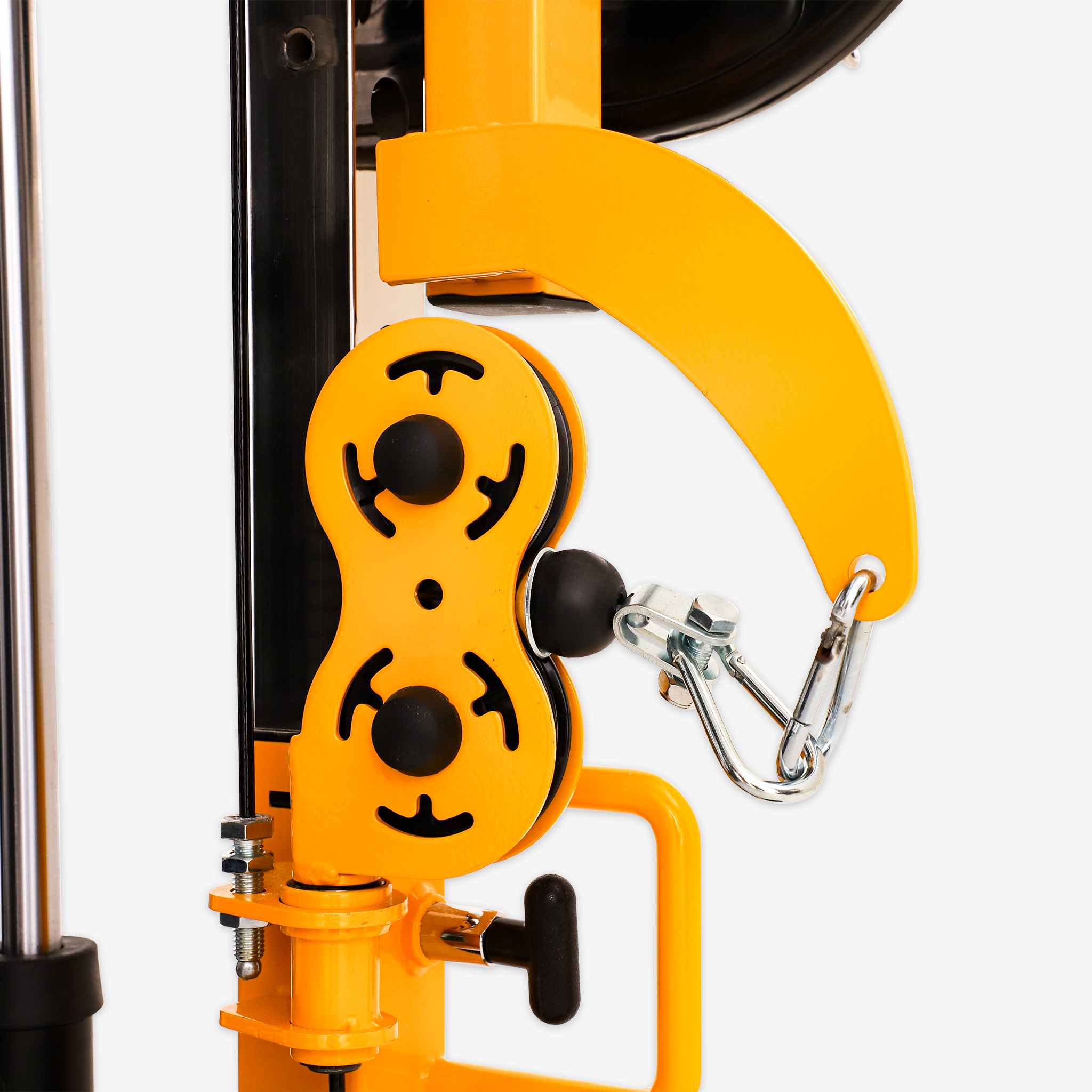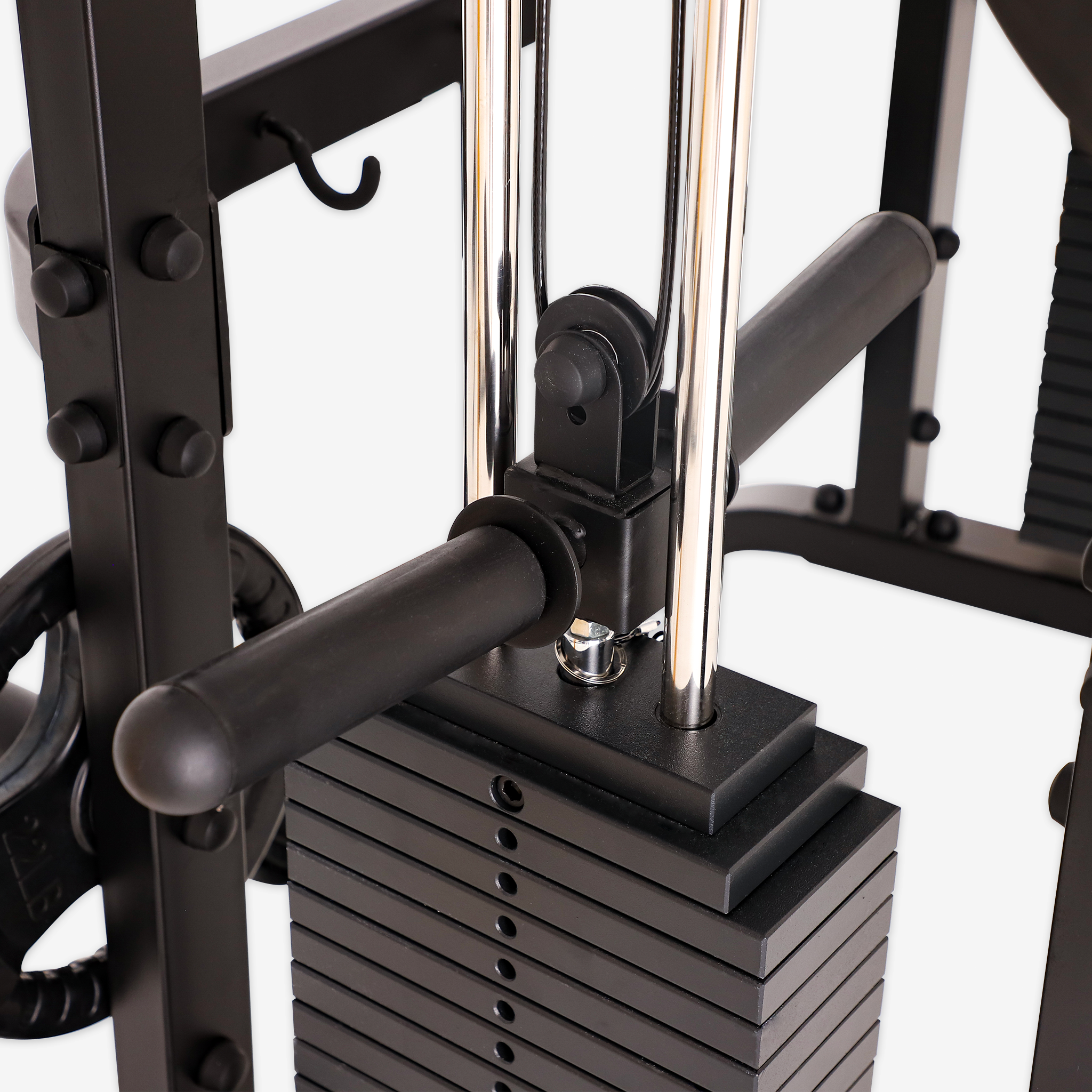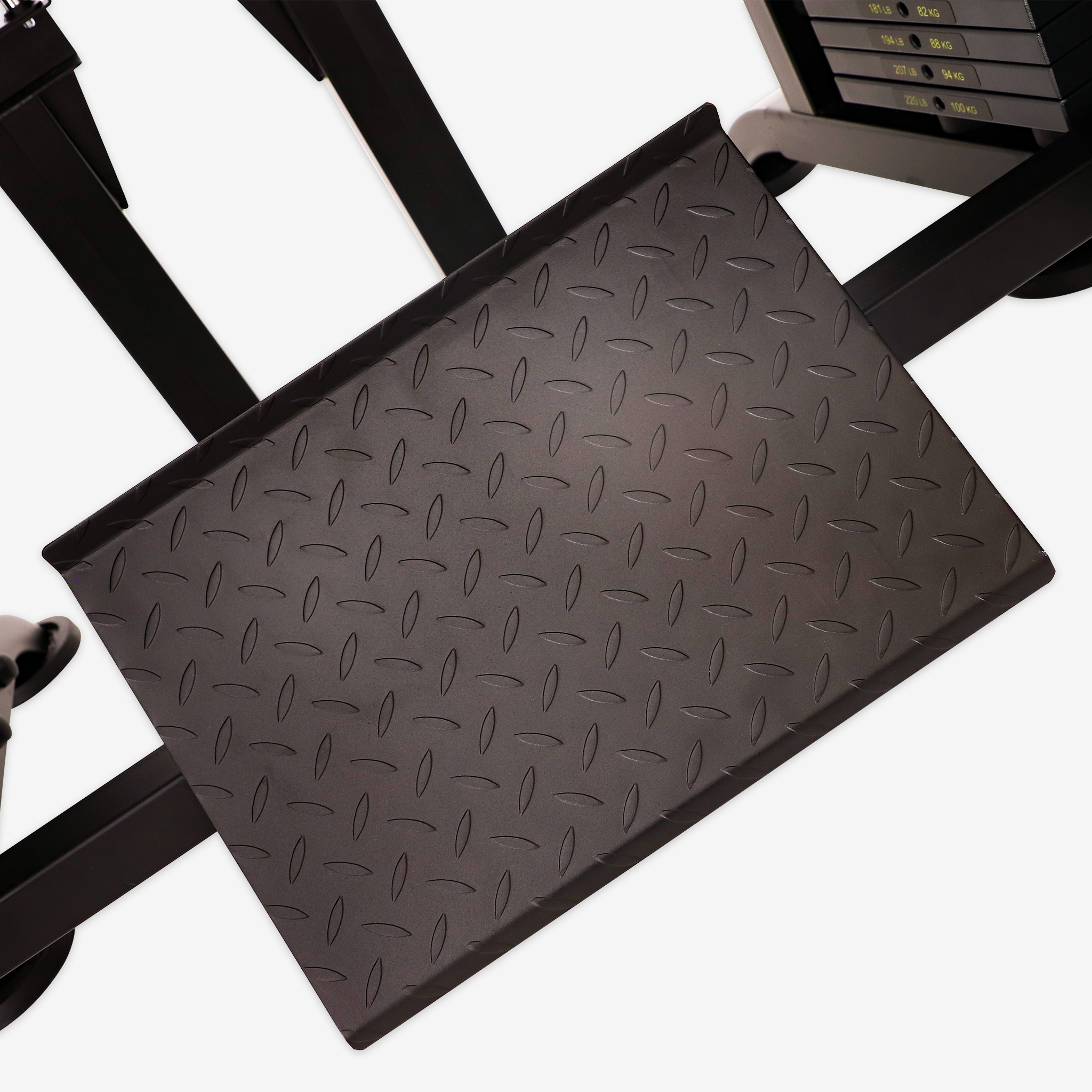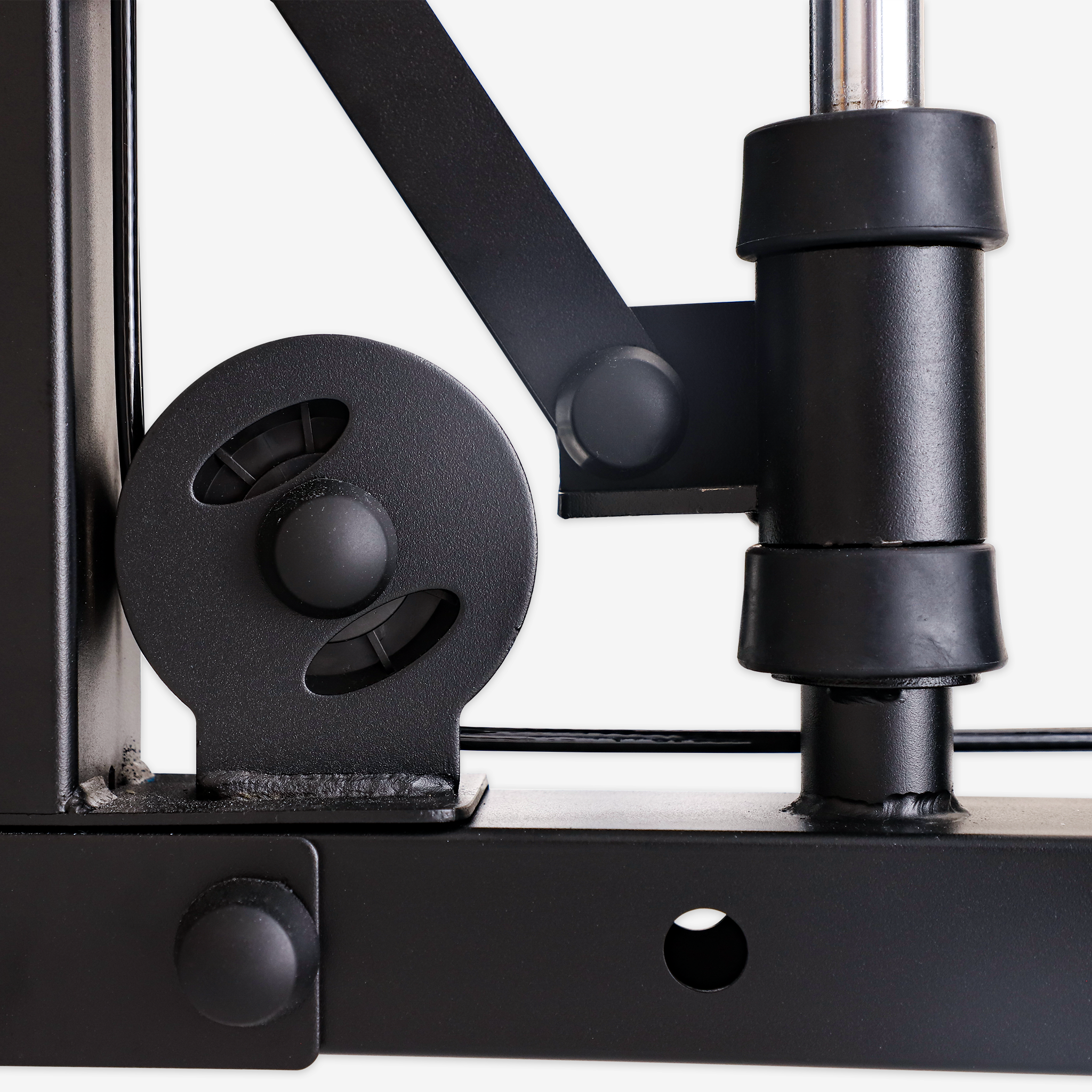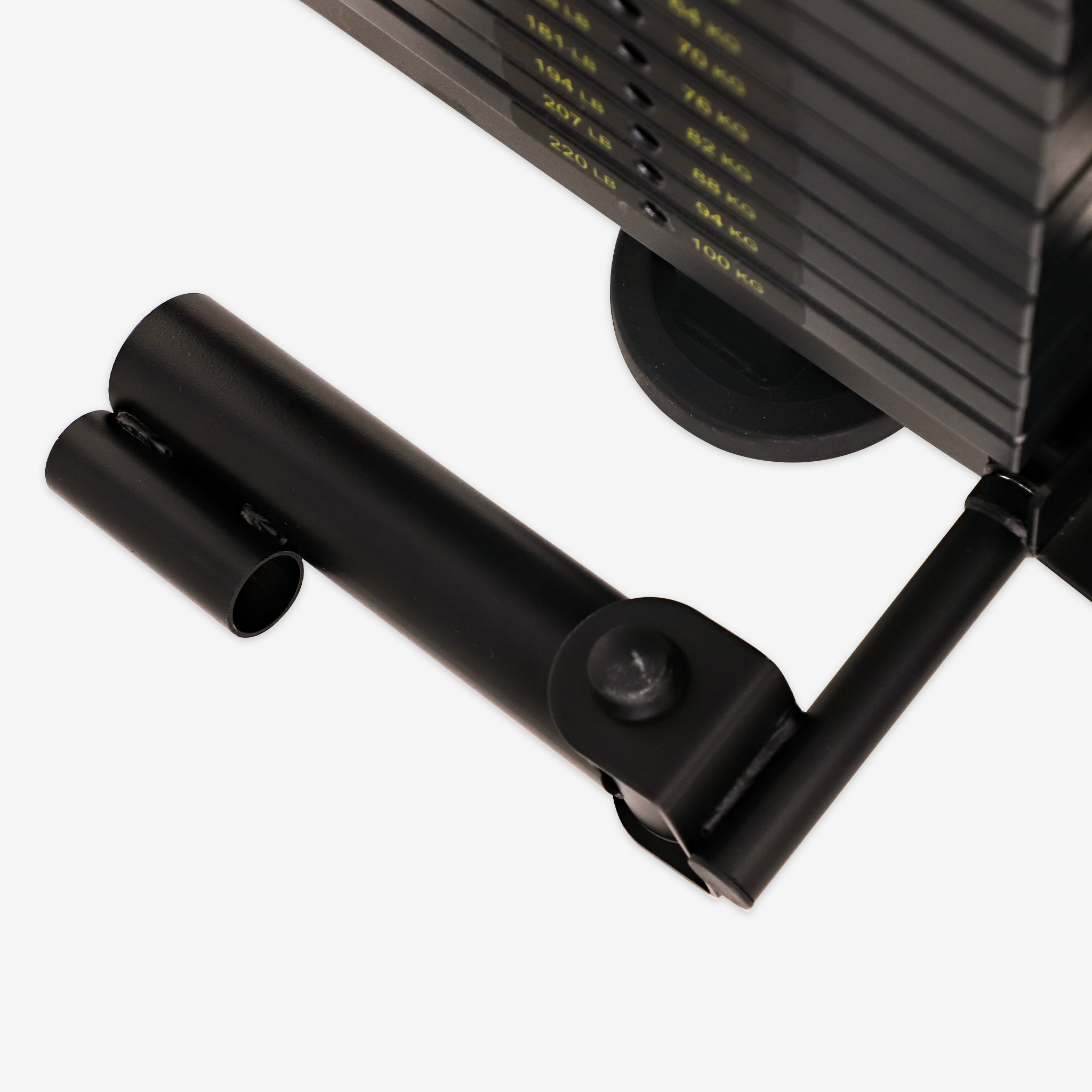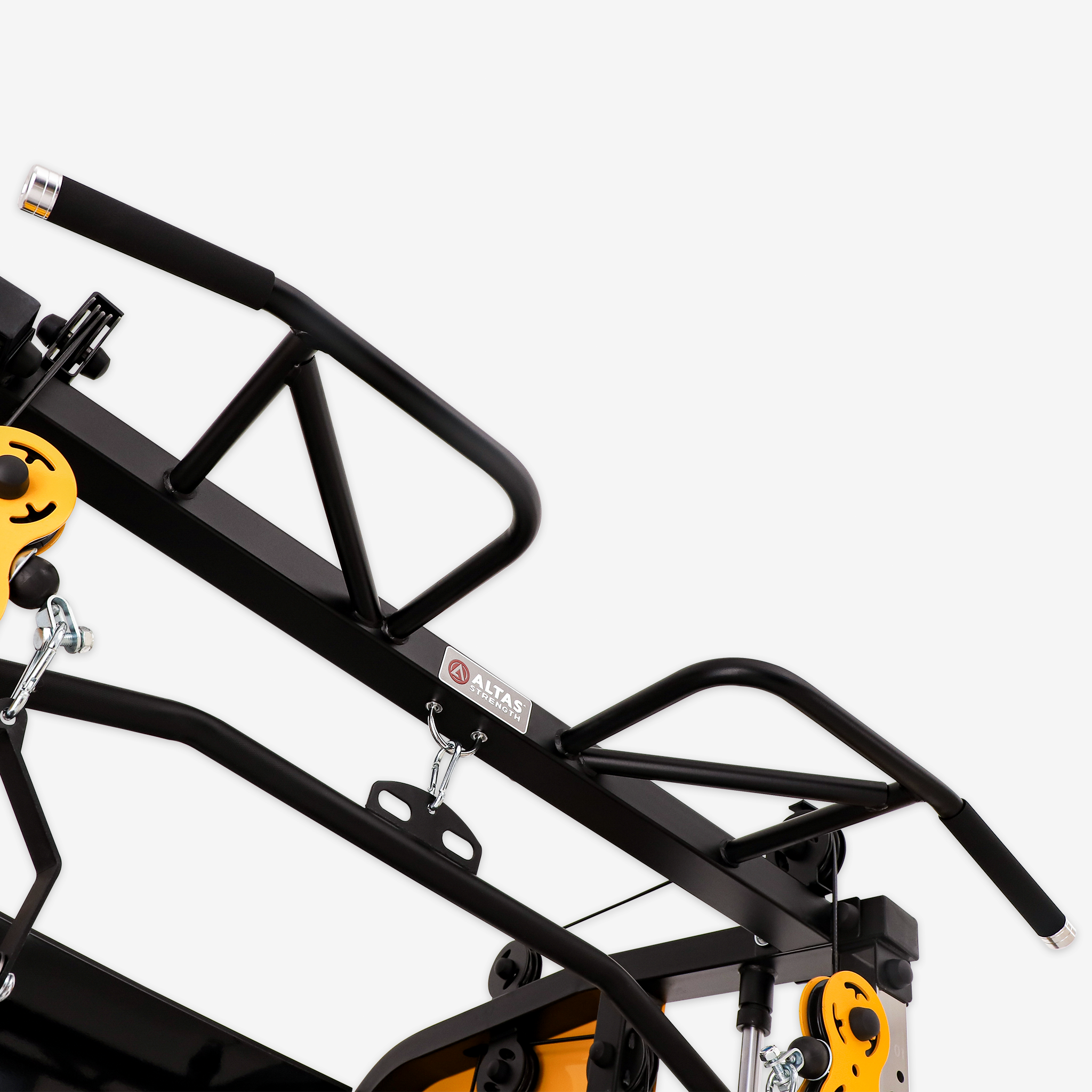Abdominal trainers, with their precise mechanical design and movement guidance, break through the limitations of traditional bodyweight training and have become an effective tool for modern people to strengthen their core muscles, improve posture, and prevent chronic diseases.
Targeted Activation of Core Muscles: Breaking the Bottleneck of Bodyweight Training
Traditional sit-ups only activate the superficial fibers of the rectus abdominis muscle, while professional abdominal trainers achieve deep-level stimulation through three mechanisms:
-
Resistance Gradient Adjustment: The adjustable spring system provides progressive resistance ranging from 5 to 50 pounds, increasing the activation of the transverse abdominis muscle to 78%, effectively breaking through strength plateaus.
-
Movement Trajectory Locking: The arc-shaped slide rail design enforces the maintenance of a neutral spine position, reducing compensation from the hip flexors and increasing the involvement of the oblique muscles.
-
Eccentric Load Enhancement: The intelligent control system applies reverse resistance during the return phase of the movement, extending the muscle tension time to three times that of traditional training.
Data support: Electromyographic studies have shown that during sit-ups using the equipment, the peak activation of the rectus abdominis muscle reaches 120% MVIC, which is 2.3 times higher than that of bodyweight exercises.
Posture Correction: A Biomechanical Solution Against Sedentary Civilization
The "crossed syndrome" caused by prolonged sitting in modern people can be specifically improved through equipment training:
-
Pelvic Anterior Tilt Correction: The hip joint fixation device of the reverse crunch machine enables synergistic contraction of the transverse abdominis muscle and gluteus maximus muscle. After 6 weeks of training, the pelvic tilt angle is reduced by 8 - 12 degrees.
-
Rib Flare Correction: The rotational trainer with chest belt restraint forces the diaphragm and internal oblique muscle to work together, reducing the error rate of breathing patterns.
-
Spinal Stability Reshaping: The plank performed on the vibrating training platform, with a vibration frequency of 30Hz, increases the thickness of the multifidus muscle, which is superior to static training.
Metabolic Engine: An Accelerator for Visceral Fat Burning
Specific equipment designs can target and reduce deep-layer abdominal fat:
-
Circulatory Pressurization Effect: The rocking abdominal wheel, through continuous hip flexion-extension cycles, increases blood flow in the visceral area and accelerates the activity of fat-breaking enzymes.
-
EPOC Enhancement: The adjustable-resistance suspension trainer for compound training increases the 24-hour basal metabolism, consuming an additional 290 calories compared to traditional aerobics.
-
Hormone Regulation: The local negative-pressure technology of the vibrating training equipment increases the concentration of catecholamines in the target area by three times, specifically reducing the waist circumference by 5-8cm.
Injury Prevention: From Exercise Safety to Daily Protection
Professional equipment reduces the risk of movement through biomechanical optimization:
-
Cervical Spine Protection: The head-supported sit-up machine reduces the neck pressure from 210N to 35N, reducing the risk of whiplash-like injuries.
-
Lumbar Spine Decompression: The reverse-inclined training chair, with a 25-degree recline, reduces the pressure on the L4-L5 intervertebral disc compared to the standing position.
-
Joint Compensation Prevention: The counterweight tower design of the rope-type rotational trainer limits the shoulder joint range of motion to within 60 degrees, reducing the incidence of glenohumeral joint impingement.
Functional Advancement: The Invisible Wings of Athletic Performance
Professional athletes break through core bottlenecks through equipment training:
-
Explosive Power Transmission: Boxers using medicine ball-throwing equipment increase core rotation speed by 0.18 seconds and punching power by 22%.
-
Dynamic Stability Enhancement: Basketball players perform equipment training on a vibrating platform, with a 31% increase in body control scores during aerial confrontations.
-
Endurance Breakthrough: Marathon runners using adjustable-resistance abdominal wheels increase the anti-fatigue index of the core muscles by 40% and optimize gait economy by 2.3%.
Conclusion
The evolutionary history of the abdominal trainer is essentially a process of deepening the understanding of human core functions. From simple sit-up boards to intelligent biofeedback systems, these devices not only solve the efficiency bottlenecks of traditional training but also elevate core training to a comprehensive health management solution through precise biomechanical interventions.

